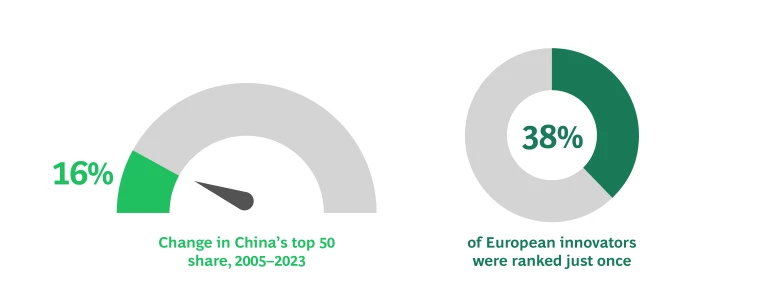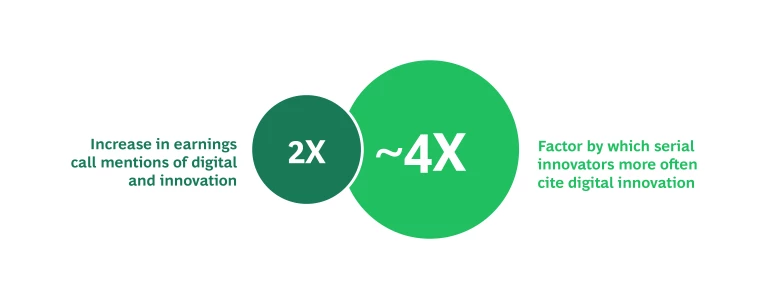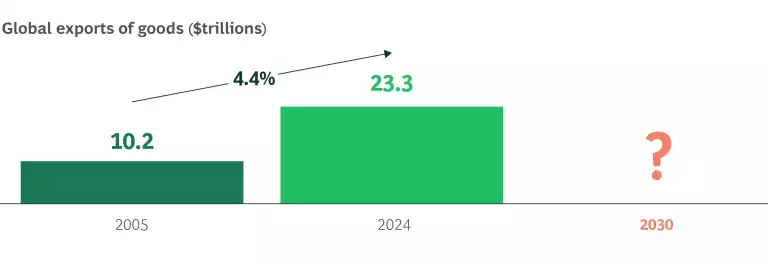This year’s Most Innovative Companies report looks back in order to look forward. Rather than focusing on what’s on the mind of innovation leaders today, we instead explore insights, trends, and concerns that emerge across the 18 editions of the report that we’ve published over the past two decades.
Innovation Excellence Is a Moving Target
Let’s start with some longstanding truths. Innovation is a top priority for nearly all companies, but the proportion of companies that see themselves as innovation leaders has fallen. Some serial innovators, however, have cracked the code. Exploring BCG’s annual rankings of the 50 most innovative companies reveals a changing landscape. Among other things, we can trace the rise of Chinese innovators in the top 50 from none in 2005 to eight by the 2023. We also find that Europe has the highest proportion of companies that ranked in the top 50 only once—and we offer thoughts on what the region can do to up its innovation game.

Read “The Moving Target of Innovation Excellence” on page 3
Stay ahead with BCG insights on corporate finance and strategy
Digital Keeps Providing New Opportunities and New Challenges
At this point, all innovators are digital innovators. But 20 years ago, our first report didn’t even mention the word digital. Since then, the rise of mobile, social platforms, the cloud, machine learning, AI, GenAI, and now agentic AI has transformed both innovators and their offerings while raising the table stakes for digital excellence. From 2005 to 2024, the number of mentions of digital innovation in earnings calls has doubled. And the 25 serial innovators that have appeared ten or more times in the Most Innovative Companies top 50 mention it nearly four times as often as other companies. And agentic AI, the latest evolution of GenAI, promises to dramatically accelerate the speed and transform the talent model of innovation. How can companies get ready?

Read “Rising to the Digital Innovation Challenge” on page 8
Innovators Must Rethink Their Geopolitical Assumptions
Globalization has been an innovation megatrend over the past 20 years, enabling multinationals to tap high-quality, lower-cost talent and to develop new offerings that target the rising middle classes in rapidly developing economies (RDEs). It has opened new markets to RDE-based innovators. And it has led to the rise of tech hubs with concentrations of world-class expertise in specific areas, to greater cross-border mobility for expert talent, and to complex global supply chains that enable companies to acquire the most cost-effective inputs regardless of where they’re produced. Now, however, across the globe, the old assumptions about globalization are in question—a shift in sociopolitical orientation that has huge economic implications. How should innovators prepare for a potential post-globalization world?

Read “The C-Suite Innovation Agenda for Turbulent Times” on page 13
















